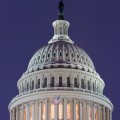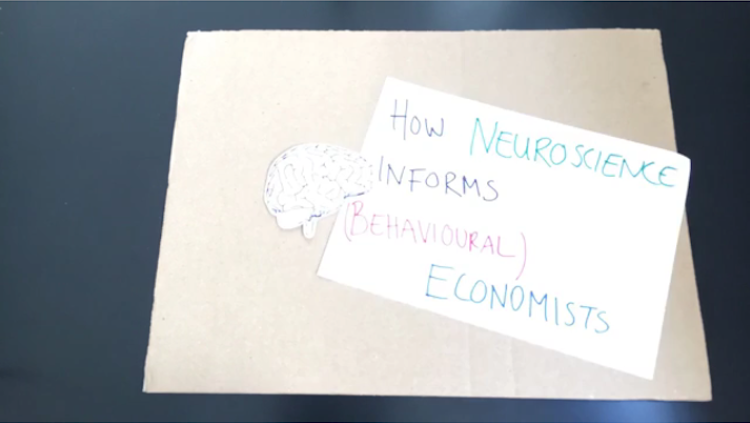Don't Fail the Future: Science as a National Choice
- Published13 Oct 2013
- Author Dwayne Godwin
- Source BrainFacts/SfN
As the government shutdown nears the two week mark, it’s worth examining the effect of this latest political showdown on American science, and what this says about our collective values. This value conversation is relevant on the heels of Nobel prize winning scientists being placed on furlough while the congressional gym remains open.

License: CC-BY-SA 3.0
Work at the National Institute of Health in Bethesda, MD has slowed. Over 73% of NIH employees are on furlough, including 1,277 from the National Institute of Environment Health Sciences (NIEHS) campus in my home state of North Carolina. When comparing this with significant exemptions in other government agencies, including 97% of Department of Veterans Affairs and 84% of Homeland Security employees and 80% at the Department of Justice, one might be forgiven for thinking that Congress views scientific research as a luxury.
Right now, hundreds of experiments are either paused or terminated. Valuable mouse lines are also in jeopardy because researchers can't go to work to perform essential maintenance. Clinical trials activity (most visibly cancer trials designed to test new treatments and produce new breakthroughs) has slowed to a crawl although - for the moment at least – there's limited enrollment in existing trials.
Less visible, but equally important, are the effects on investigators in the NIH extramural program. This is research that is funded through the NIH, but it happens across the country at universities and major medical centers in your community. New grants can’t be evaluated because peer review is on hold, and even new grants that have been awarded can’t be released, because NIH staff isn’t there to process them.
The cost transcends political ideology. For example, in my state of North Carolina $964 million in NIH grants fund research and research-related jobs across 85 research institutions, including significant funding directed at the districts of Representatives that support the sequester and the government shutdown.
It’s hard to calculate the influence of current policies on the future of the biomedical enterprise. What would have happened if necessary funding had not been available at a key moment in the development of the polio vaccine? Perhaps it would have been developed anyway, but possibly much later, leading to thousands more being crippled or killed. What are the consequences now of reductions in support for research, due to government shutdown or sequester, when we see a rising tide of Alzheimer’s disease in an aging population? The lost opportunities may be enormous, and never fully appreciated.
Perhaps just as troubling are the signals that are being sent to young researchers who we hope will develop the next generation of treatments and cures. The choice of becoming a scientist has always been fraught with a high level of risk. Fewer than 43% of life scientists we train will go on to work as academic researchers, with a much smaller percentage obtaining a tenure track position. Even if they are successful in competing for these jobs, the falling success rates of federally-sponsored research means that the average age of obtaining their first NIH grant will continue to creep into the 40s, when those new scientists won’t be so new anymore. The failure to support the American research enterprise doesn't only fail science within the current budget cycle – it fails the future by depriving America of the talent we need to invent and innovate, which in turn harms economic growth.
Our universities are responding to this challenge by re-imagining biomedical research training. As Dean of our biomedical research programs at Wake Forest University, I’ve seen our culture begin to transform to emphasize training in skills that will be of greater value to the private sector, while maintaining the features of graduate education that have made it a world model. We now look to our leadership in Washington to make fateful decisions whose outcome will be no less than the future of American biomedical research. These are serious decisions whose consequences play out over decades, transcending dollars and deficits and extending to America's scientific prominence, with additional costs in human lives.
We don’t have the luxury to be complacent in the face of these enormous challenges - and failure is not an option.
[Note: In full disclosure, I am a NIH-funded investigator and Dean of Biomedical Graduate Programs, whose students and faculty depend in part on NIH funding. This post reflects my views but not those of my employer.]
CONTENT PROVIDED BY
BrainFacts/SfN


















